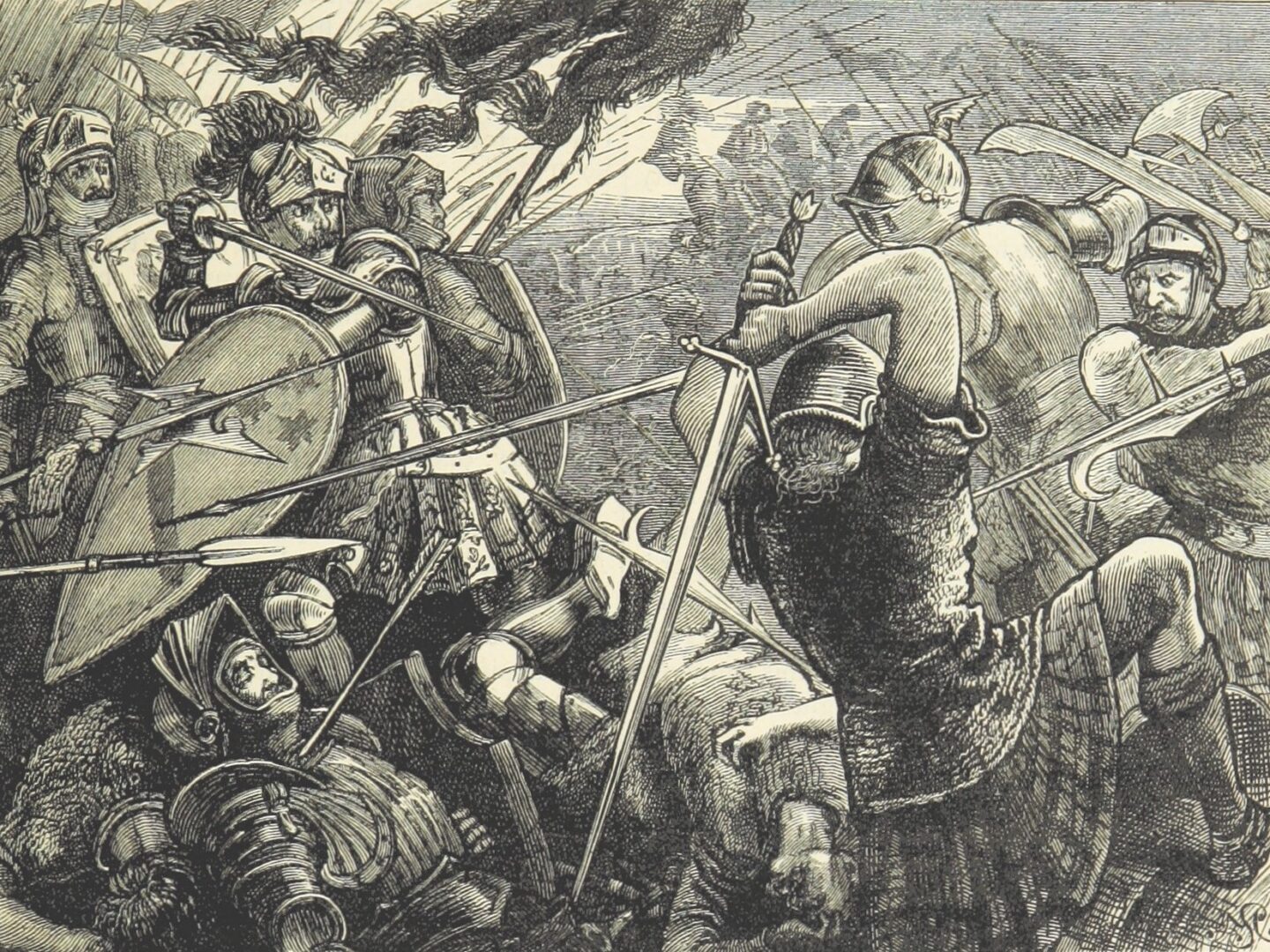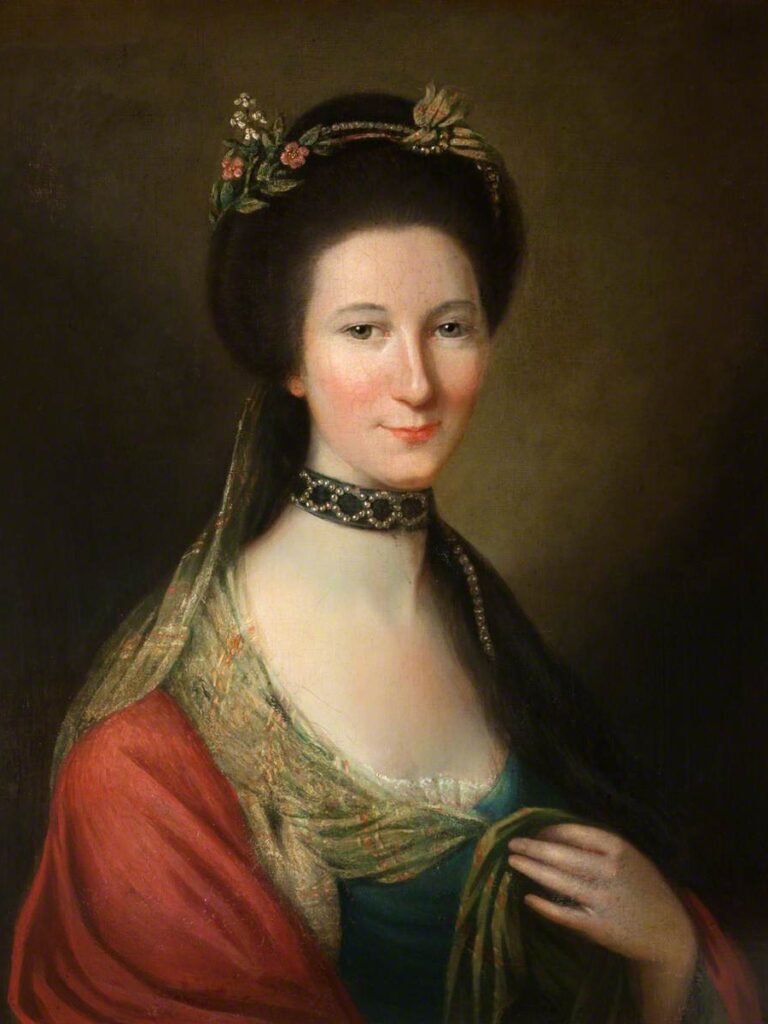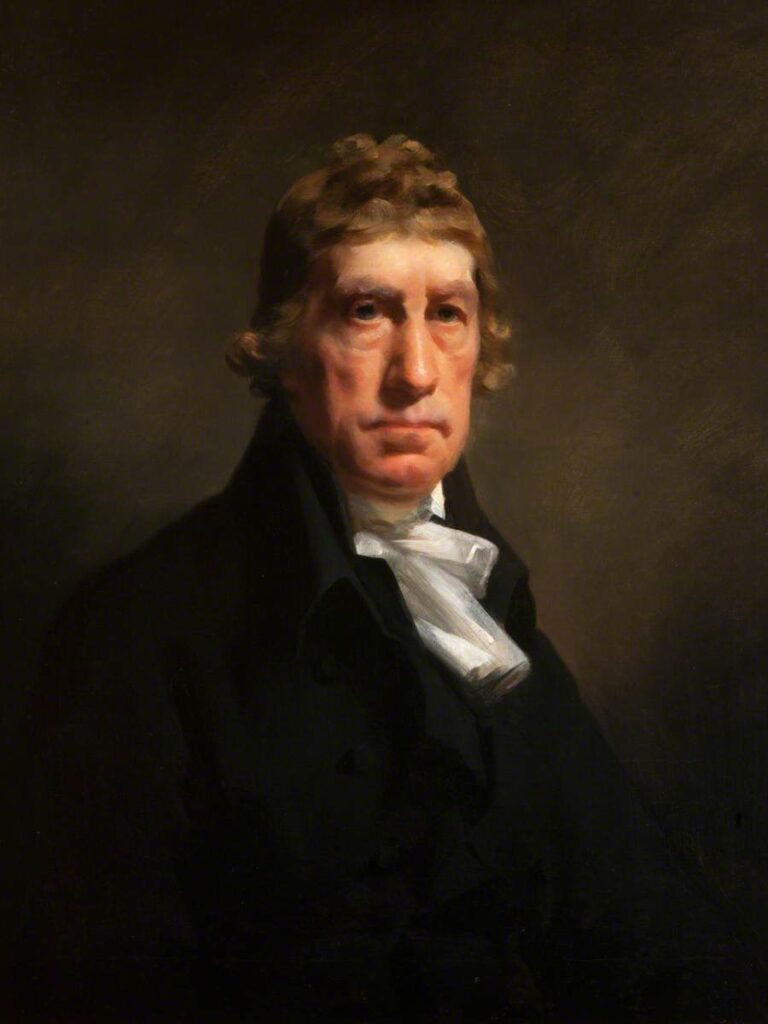The Homes of Wedderburn
Patrick Home, the builder of Paxton House, belonged to the family of the Homes of Wedderburn. The family history goes back long before Paxton House was conceived, to a time when the Home family owned large areas of the Borderlands north of the Tweed, acquired through strategic marriages in the 1400s.
The family split into two main branches in the first half of the 15th century – from the senior branch descend from today’s Earl Home of the Hirsel, while by 1550 the junior branch had made its base at Wedderburn Castle just north of Paxton. Family tradition allowed girls to keep their family name, usually annexing it to their husband’s, leading to a confusing genealogy of Home-MacDonalds, Home-Robertsons and Milne-Homes.






